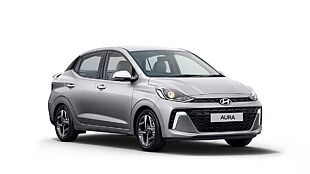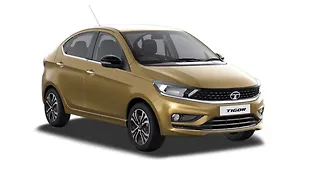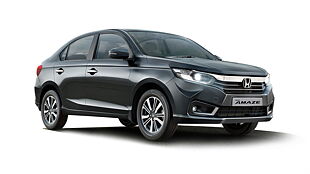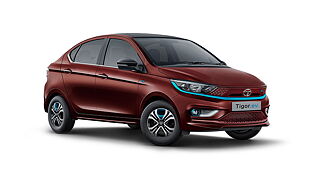
A few years ago, it was hard to imagine the Indian car market making a beeline for automatic vehicles. Manuals ruled the roost and everyone (mostly for budget reasons) was content with regular exercise for the left and right legs. However, the industry has progressed and now everyone wants a two-pedal setup for their vehicles. Across pricing spectrums, manufacturers have begun to offer AT options and they have been growing with popularity. Now, wanting to raise the bar, Maruti Suzuki has begun offering with the new Dzire, a diesel AMT option across all variants (except the base LDi). While they had been offering this option with the outgoing model, its larger availability indicates a change in consumer trend. However, Maruti Suzuki is not the first one to go down this path. In fact its biggest and most prominent rival is the Volkswagen Ameo which offers a diesel automatic option, but in this case it’s a seven-speed DSG mated to a 1.5-litre four-cylinder mill. So how do these two stack up against each other then? Read on to find out.
Exterior
One of the major issues that the compact sedans faced was their marked similarity to their hatchback siblings and the biggest culprit for this was the Maruti Suzuki Dzire. Now with customers moving on to buying cars in a higher segment, Maruti Suzuki has decided to give the Dzire a marked change in looks as compared to the next generation Swift which will be launched later this year. The Ameo on the other hand (all the way to the C-pillar) looks very much like the Polo hatchback. The arrival of the boot is abrupt and gives an odd look to the vehicles. These days, sedan buyers also demand a certain amount of bling on their vehicles and the Dzire in this new avatar does have many more shiny bits than the Ameo which by virtue of being based on the Polo, has a subtle design.
Interior
The Dzire in the ZDi AMT variant and the Ameo are evenly matched in terms of features. Because the Dzire is new, it has played catch up with the Ameo playing in terms of what was on offer. Both vehicles have climate control, touchscreen infotainment system, rear arm rests and rear AC vents. The battle then is down to individual bits where the Ameo gets cruise control and an electrically powered IRVM while the Dzire gets a bigger boot (330-litres Vs 378-litres) and cup holders for the rear arm rest. The Ameo has a larger wheelbase but the Dzire is wider, providing for more shoulder room.
Performance
The Ameo is underpinned by VW’s A05 platform while the Dzire gets a new Heartect platform which will underpin a slew of new B-segment and C-segment models that will come in over the next few years. This has allowed for the new Dzire to weigh a whopping 194kgs lesser than the Ameo. However, the Ameo, like its hatchback sibling, will move to the MQB base when the next generation is out later this year and that is expected to bring to it weight loss benefits.
In this diesel guise, the Dzire makes use of the 1.3-litre Multijet producing 75bhp/190Nm and mated to a five-speed AMT or as Maruti Suzuki likes to call it AGS (auto gear shift). The Ameo, on the other hand, gets a 1.5-litre four-cylinder engine producing 109bhp/250Nm of torque. The Ameo clearly has the upper hand in terms of technological prowess as it is a more advanced gearbox technology with higher numbers coming at earlier RPMs. However, the Dzire gets an ARAI efficiency of 28.4kmpl while the Ameo peaks at just 21kmpl. This then boils down to a question of driving pleasure versus highly efficient motoring which would be light on the pocket, both in terms of running and maintenance costs.
Conclusion
The Maruti Suzuki Dzire has an upper hand over the Ameo as it is the established player in the market. Even with its high technology gearbox and good driving manners, the Ameo will likely be an acquired taste as compared to the Dzire which has now become the daily bread in the Indian market. Also at Rs 9.88 lakh (ex-showroom Delhi) the Ameo is priced a full Rs 32,000 higher than the Dzire.

![Maruti Suzuki Dzire [2017-2020] Image Maruti Suzuki Dzire [2017-2020] Image](https://imgd.aeplcdn.com/272x153/cw/ec/26860/Maruti-Suzuki-Dzire-Exterior-118637.jpg?wm=0&q=80)
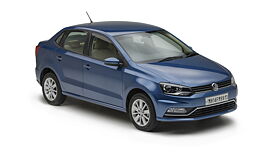
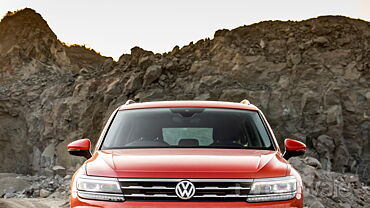

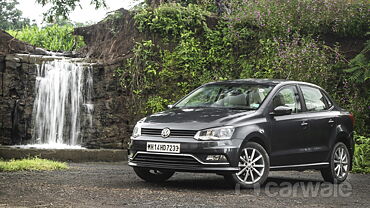
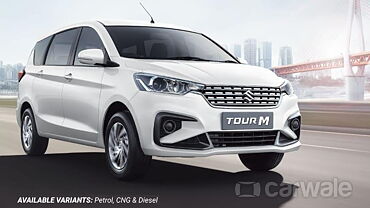
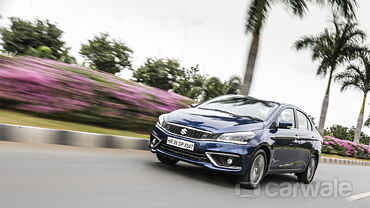
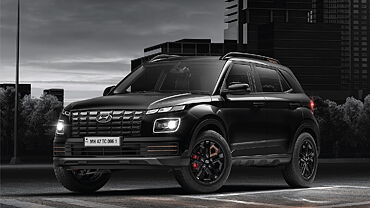
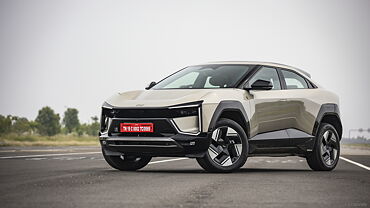

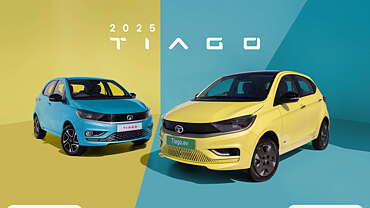
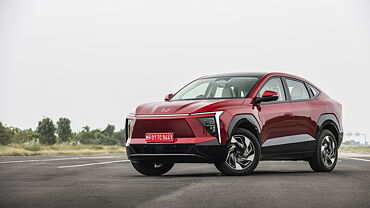

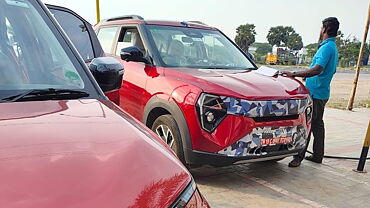

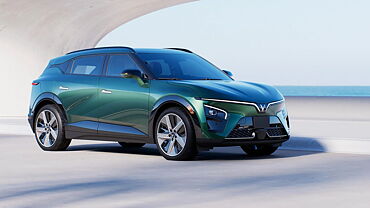
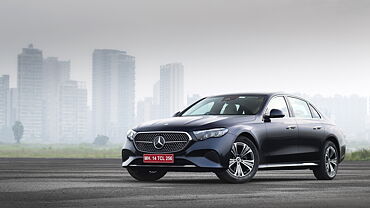
![Maruti Suzuki Dzire [2017-2020] Exterior Maruti Suzuki Dzire [2017-2020] Exterior](https://imgd.aeplcdn.com/199x112/cw/ec/26860/Maruti-Suzuki-Dzire-Exterior-118637.jpg?wm=0&q=80)
![Maruti Suzuki Dzire [2017-2020] Right Front Three Quarter Maruti Suzuki Dzire [2017-2020] Right Front Three Quarter](https://imgd.aeplcdn.com/199x112/cw/ec/26860/Maruti-Suzuki-New-Dzire-Right-Front-Three-Quarter-96747.jpg?v=201711021421&q=80)
![Maruti Suzuki Dzire [2017-2020] Rear View Maruti Suzuki Dzire [2017-2020] Rear View](https://imgd.aeplcdn.com/199x112/cw/ec/26860/Maruti-Suzuki-Dzire-Rear-view-105302.jpg?v=201711021421&q=80)
![Maruti Suzuki Dzire [2017-2020] Dashboard Maruti Suzuki Dzire [2017-2020] Dashboard](https://imgd.aeplcdn.com/199x112/cw/ec/26860/Maruti-Suzuki-Dzire-Dashboard-105516.jpg?v=201711021421&q=80)
![Maruti Suzuki Dzire [2017-2020] Interior Maruti Suzuki Dzire [2017-2020] Interior](https://imgd.aeplcdn.com/468x263/cw/ec/26860/Maruti-Suzuki-New-Dzire-Interior-95379.jpg?v=201711021421&q=80)




